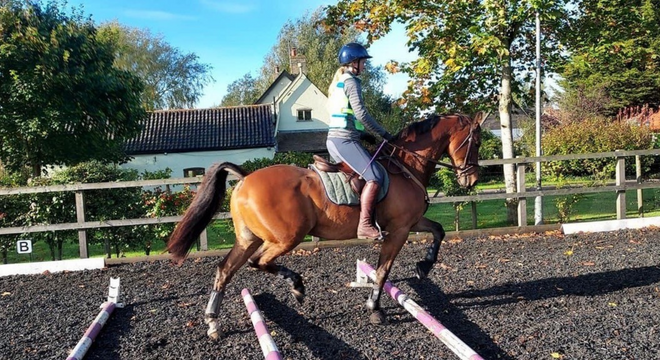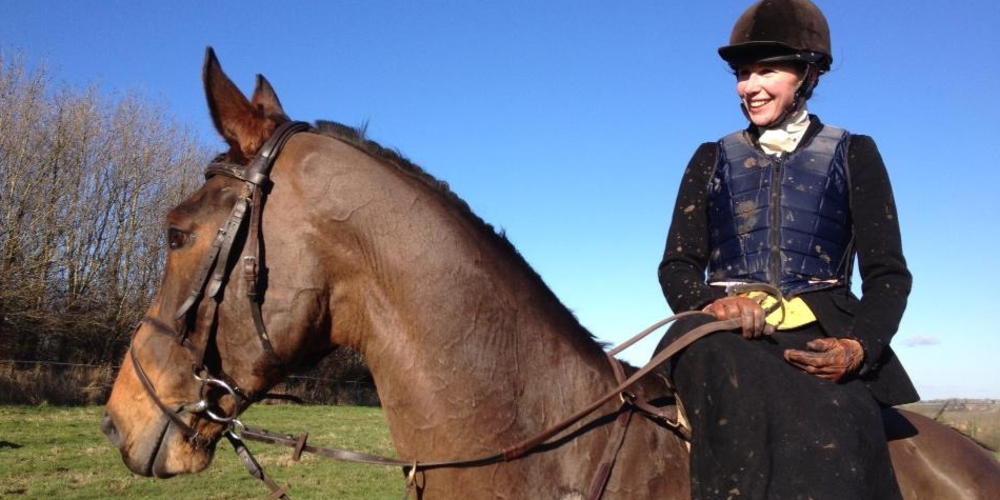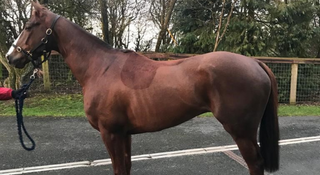
The power of polework
Polework is a fun and different way to exercise both horse and rider. It involves setting out variations of poles on the ground to...
10 August 2022
Read More
Traditional and lady-like, riding side saddle is the epitome of equestrian elegance and is enjoying a huge resurgence in the UK and around the world, thanks in no small part to the ‘Downton Abbey effect’ with Lady Mary not only hunting to hounds but even having a go at racing side saddle!
1. Riding with decorum
Riding side saddle enables the rider to sit sideways rather than astride a horse. The style was developed in European countries in the Middle Ages as a way for finely dressed women in skirts to ride horses with the dignity and grace expected of them.
2. Greek and Celtic sideways riders
Greek vases and Celtic stones show the earliest pictures of women riding sideways. Medieval pictures show women seated sideways or perched on a padded pillion seat behind a male rider. Ninth century depictions show a small footrest, or planchette added to the pillion. However, the lady was little more than a precariously balanced passenger and had little control over the horse.
3. Early side saddles
In the 14th Century Anne of Bohemia rode sideways on a chair-like saddle, complete with a foot rest. This position understandably didn’t allow much control over the horse so the rider usually had to be led. By the 1600s Catherine de Medici improved rider control somewhat by establishing a forward facing position with the right leg hooked over the pommel and the the left leg in a stirrup.
4. The Leaping head
The 1830s saw the revolutionary introduction of the leaping head by Jules Pellier. This inspired second pommel, which helps to hold the left leg in place, is still in use today. The rider hooks the right leg round a fixed pommel while the lower right leg rests on the horse’s left shoulder. Meanwhile the top of the rider's left thigh is positioned under the adjustable leaping head to give added security and the left foot is placed in a stirrup.
The leaping head gave ladies the capacity to gallop and ‘leap’ fences safely, opening up all manner of equestrian sporting opportunities for them but without ruining their need to look elegant and respectable on a horse.
5. Royal side saddle riders
During her reign, Queen Victoria rode side saddle along with other women of status who wanted to be able to keep up with their men. Another notable side saddle equestrienne was the Empress of Austria or “Sissi” as she was affectionately known as, who thought nothing of galloping across the English and Irish countryside following hounds, jumping whatever hedge or rail stood in her path.
References

Polework is a fun and different way to exercise both horse and rider. It involves setting out variations of poles on the ground to...
10 August 2022
Read More
Polework is a fun and different way to exercise both horse and rider. It involves setting out variations of poles on the ground to...
10 August 2022
Read More
Retraining a racehorse to become a leisure or competition horse can be very rewarding and enjoyable.
02 December 2021
Read More